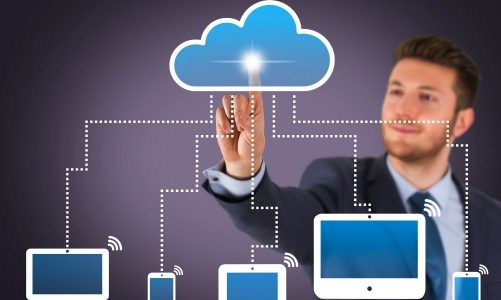Artificial intelligence is changing schools and education. AI relieves teachers and students and can make their work more efficient. But programs like ChatGPT also harbor risks, especially in sensitive areas such as education.
Historically, different perspectives on the meaning and purpose of the education system have emerged in society. This has consequences for looking at the possibilities of using AI. That depends on how people are perceived: if you want to lead people to a goal under external control, or if the person decides for themselves what they want to set as a learning goal, AI can support both perspectives.
Artificial Intelligence In Education To Fight Against School Failure
In order to fight against school failure, many solutions have been put in place in recent years: artificial intelligence courses, tutoring, and new pedagogies. However, these solutions have led to problems at the level of the link between the individual and the collective. It is difficult for the educational teams to consider each student’s specificities without weakening the collective.
For some, the solution would be hidden in new technologies, particularly Artificial Intelligence (AI), which could offer educational strategies that adapt to each student.
Opportunities And Risks Of Artificial Intelligence In Education
Time is one of the biggest problems for teachers. In addition to the lessons, there are pedagogical tasks, administrative tasks, and the preparation and follow-up of the lessons. As a result, teachers lack time to provide individual support and create different learning programs. Adaptive learning programs make that possible, especially in cooperative training, according to eLearning Industry.
- With the help of learning analytics, artificial intelligence can make predictions about the student’s success based on learning patterns.
- The AI draws up a profile for each student and creates individual learning programs for home based on previous performance. With the help of these learning programs, the students study in the afternoons and receive individual support.
- AI contributes to equal opportunities, especially for children with learning difficulties without parental support and those with a migration background. This must not represent a relocation of teaching to private households, but artificial intelligence creates opportunities that cannot be realized due to the teachers’ lack of time.
- If the AI makes reliable predictions based on the profiles created, for example, that a student will not pass a subject due to current learning gaps, early help is possible, which cannot be realized due to the teacher’s lack of time.
- If the AI makes reliable predictions based on the profiles created, for example, that a student will not pass a subject due to current learning gaps, early help is possible, which cannot be realized due to the teachers’ lack of time.
- If the AI makes reliable predictions based on the profiles created, for example, that a student will not pass a subject due to current learning gaps, early help is possible.
- It offers constantly updated content. New information can be incorporated into the database that the AI will be in charge of analyzing and processing to be used productively.
- Encourage collaborative learning. Virtual intelligence can analyze the results of each student to organize work groups in which the aptitudes of other group members can correct the deficiencies of each student.
Below Are Some Of The AI Risks:
- For instance, ExpressVPN showed that AI learns which schools offer good degrees and uses this data to forecast which students will pass and which will not.
- AI should be available to humans and not be used indiscriminately in high-risk areas such as health, law, and education.
- A significant problem in implementing and disseminating these offers is the below-average technical infrastructure in schools and the lack of digitization.
- In addition, teachers must be trained, and the children’s parents must be made aware of the topic. In addition to these opportunities, using artificial intelligence in education also entails risks, such as the loss of social values or the risk of data protection.
Final Thoughts
All in all, it’s about bringing the capabilities of AI into the classroom and putting humans and machines into interaction. AI should serve as a tool of support for learners and teachers. When using artificial intelligence in a sensitive area such as education, it must not be left to chance whether the project will succeed. Instead, the process has to be accompanied by scientists and takes time.



